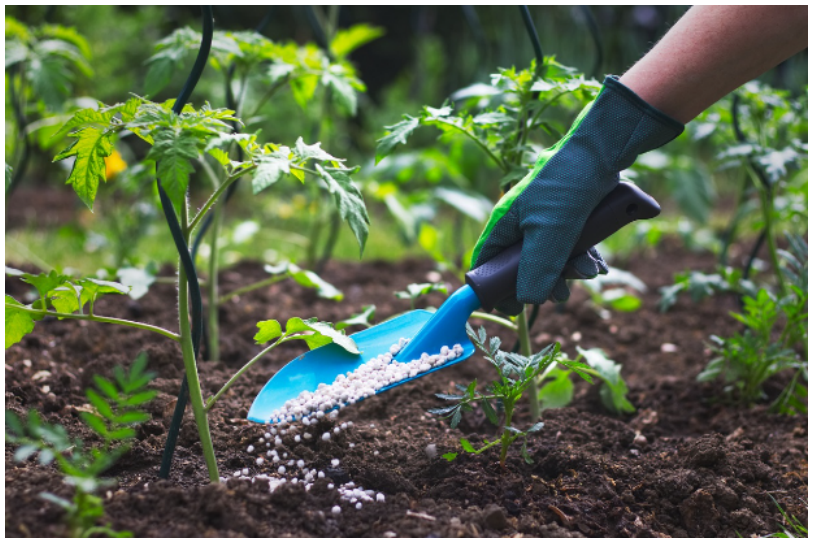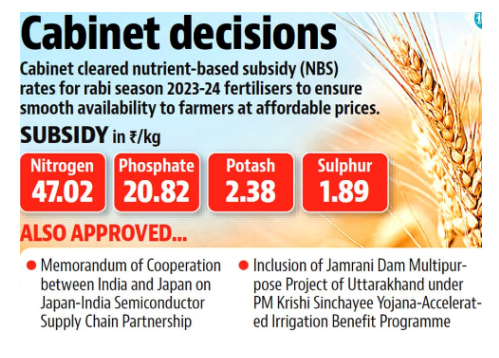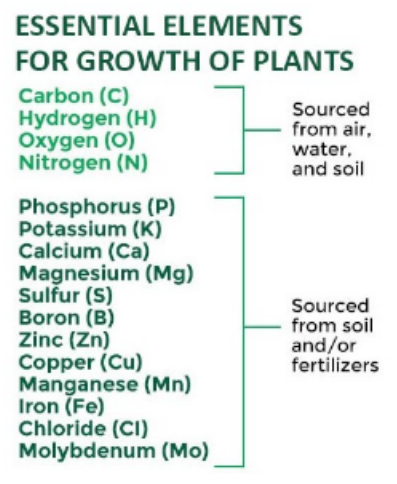- Courses
- GS Full Course 1 Year
- GS Full Course 2 Year
- GS Full Course 3 Year
- GS Full Course Till Selection
- Answer Alpha: Mains 2025 Mentorship
- MEP (Mains Enrichment Programme) Data, Facts
- Essay Target – 150+ Marks
- Online Program
- GS Recorded Course
- Polity
- Geography
- Economy
- Ancient, Medieval and Art & Culture AMAC
- Modern India, Post Independence & World History
- Environment
- Governance
- Science & Technology
- International Relations and Internal Security
- Disaster Management
- Ethics
- NCERT Current Affairs
- Indian Society and Social Issue
- NCERT- Science and Technology
- NCERT - Geography
- NCERT - Ancient History
- NCERT- World History
- NCERT Modern History
- CSAT
- 5 LAYERED ARJUNA Mentorship
- Public Administration Optional
- ABOUT US
- OUR TOPPERS
- TEST SERIES
- FREE STUDY MATERIAL
- VIDEOS
- CONTACT US
Nutrient Based Subsidy (NBS)
Nutrient Based Subsidy (NBS)
26-10-2023

Why in news?
Recently, Cabinet approved Nutrient Based Subsidy (NBS) rates on Phosphatic and Potassic (P&K) fertilizers for Rabi Season 2023-24.
- Rs. 22,303-crore subsidy on P&K fertilizers for the Rabi Season will be effective from October 1, 2023, to March 31, 2024.
About Nutrient Based Subsidy (NBS) Regime 
- Concerned Ministry: It is a Central Sector Scheme under Ministry of Chemicals and Fertilizers.
- Objective: Aim is to enhance agricultural productivity, promote competition among fertilizer companies, and decrease the burden of subsidies.
- Features:
- The Centre offers an annual fixed subsidy in Rs. per Kg on Nitrogen, Phosphate, Potash, and Sulphur.
- Government is providing an additional subsidy for the micronutrients Boron and Zinc.
- The Scheme covers 25 P&K fertilizers and 18 NPKS complex fertilizers, but urea is not covered under NBS (Prelims Fact).
- The NBS policy envisages to enhance the use of P&K fertilizers to achieve the optimal balance of NPK fertilization (4:2:1).
- Fertilizers fortified with secondary and micronutrients like molybdenum and zinc are granted an additional subsidy.
Significance of Scheme
- The improvement of soil health will lead to increased crop yields, thereby boosting farmers' income.
- It will enhance the growth of the indigenous fertilizer industry.
- Helps in restoring soil health by addressing nutrient imbalances in NPK and micronutrients through the use of fertilizers tailored to specific soil moisture conditions and crop requirements.

Challenges Related to NBS
- Diversion of Urea: Subsidized urea is being redirected to bulk buyers, traders, and non-agricultural users like plywood and animal feed makers.
- Urea Outside NBS: The price control for urea remains in place, while NBS has only been implemented in other fertilizers.
- The increased use of urea by farmers has worsened the existing fertilizer imbalance.
- Economic Burden: The fertilizer subsidy, including the NBS policy, is the second-largest subsidy after food, causing significant financial strain on the economy.
- Environmental impact: The pricing disparity in fertilizer usage leads to imbalanced use, causing environmental issues like soil degradation and nutrient runoff, which negatively impacts agricultural sustainability.
- Regional Disparities: Uniform NBS implementation may not adequately address regional disparities and specific needs, potentially resulting in suboptimal nutrient application and productivity variations.
Way Forward
- Uniformity in Policy: A uniform policy for all fertilizers is crucial for crop yields and quality, as nitrogen, phosphorus, and potassium are essential components too.
- Direct Benefit Transfer (DBT) in Fertilizers: The DBT scheme offers farmers improved products at competitive rates, industry-advanced extension services for sustainable agriculture, and improved earnings for their produce.
- Enabling Last-Mile Connectivity: Affordable, workable "last mile" technologies can enable the government to establish a disbursal framework, focusing subsidy targeting on land, crop, soil health, and other geographical factors.
- Bringing Urea Under NBS: To address fertilizer use imbalance, urea must fall under the NBS category.
- Long Term Reform: In the long term, the National Biodiversity Scheme (NBS) should be replaced by a flat per-acre cash subsidy that can be used to purchase any fertilizer.
Conclusion
The NBS regime requires a balance between price control, affordability, and sustainable nutrient management to achieve its desired outcomes. Furthermore, the subsidy should cover customized and value-added products that efficiently deliver nitrogen and other essential nutrients.



